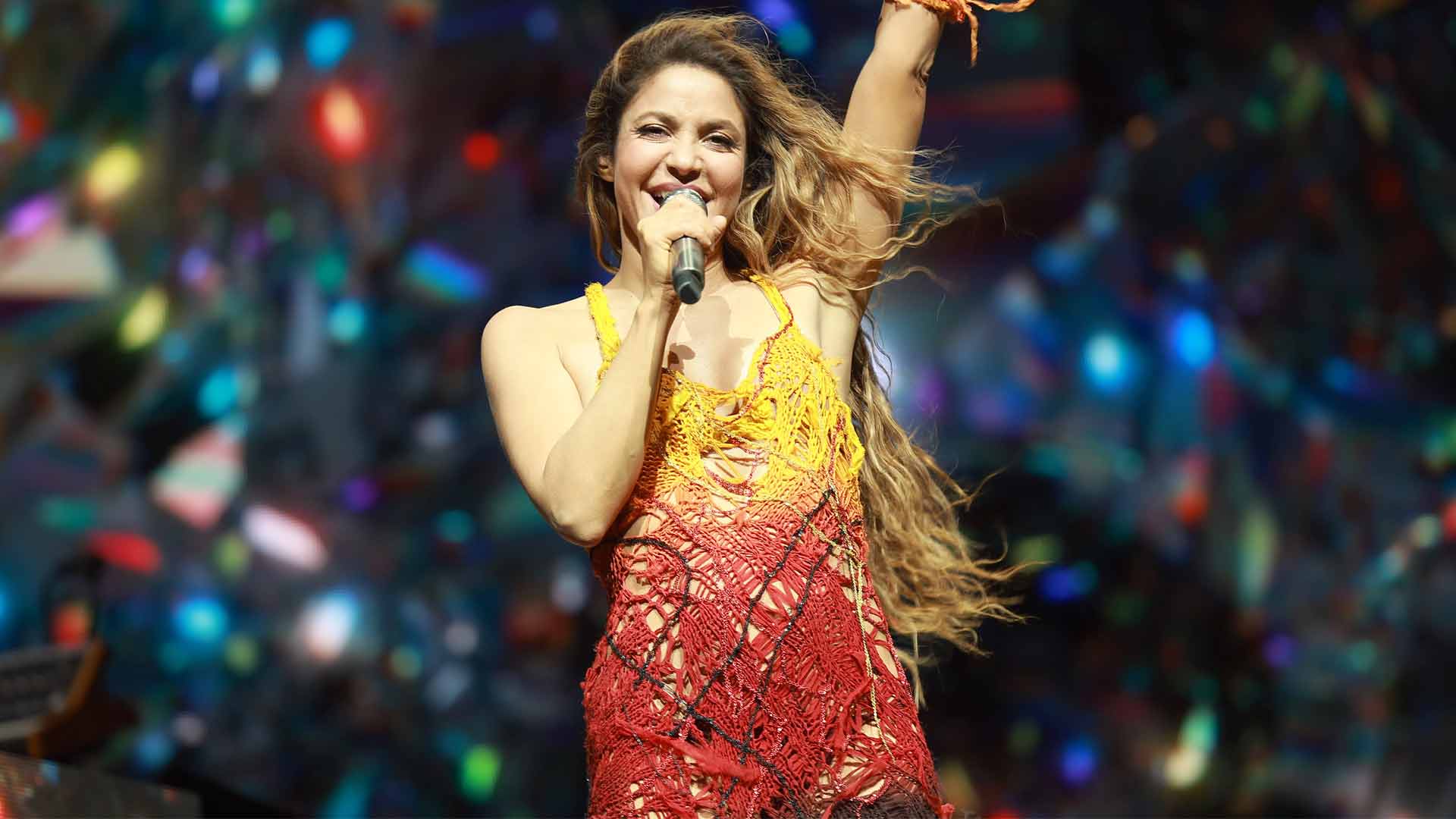A shift of lights and an unexpected sound will give the audience goosebumps at Dallas Children’s Theater’s Goosebumps the Musical: Phantom of the Auditorium, now playing through Oct. 29.
Creating that spooky fun is the job of Aaron Johansen, the show’s lighting designer, and Marco Salinas, the show’s sound designer.
“My job is to serve and enhance the script we’re producing,” Salinas said.
The script is based on the best-selling book by R.L. Stine. Two students, Brooke and Zeke, are preparing to star in their school’s play, The Phantom, a spoof of the Broadway musical. Strange things begin happening during rehearsal. Some suspect there is a practical joker at work while rumors circulate that the show is cursed. Is the Phantom real?
Johansen and Salinas use lighting and sound design to create the school and all its spooky environs.
“Sound design can help shape and create a world beyond the three walls of the stage. There’s a limitation of the stage, but I can create something more infinite,” Salinas said.
Using sound, Salinas can suggest an ambiance or detail of something not actually seen onstage: crickets chirping, joggers running by, the sound of a breeze.
Local
The latest news from around North Texas.
Performers in Goosebumps the Musical: Phantom of the Auditorium sing to a track rather than perform with a live orchestra. Salinas works with a sound engineer to balance the music.
“You want to make sure the music is full and vibrant and does not overwhelm the microphones,” Salinas said.
The fast-paced show includes over 260 light cues with lighting shifting the audience’s attention.
“I think the lighting is the tool that focuses the audience where they need to look,” Johansen said. “I love that aspect: tricking the audience.”
As the characters move from different areas of the school to one of the character’s bedroom, shifting attention helps shape the story.
“The biggest challenge was creating all the different places they go in the show in one place,” Johansen said.
One light has a specific practical purpose. In one scene, a character named Tina focuses a stage light. Johansen explains she isn’t working with a prop; it is a real stage light.
Both designers love the transition from the school’s main level to the basement.
“It’s a really interesting play because there’s a contrast with the vibrant exterior of the school and the everyday environment the students know and the dark, dank basement. It’s a really fun contrast to play. The old elevator sounds creepy and it acts as a transition,” Salinas said. “It combines lighting, sound, the way the set works and the way the actors play it.”
Lights drop down from a catwalk to simulate overhead lighting in a basement and they flicker as if there is an electrical problem.
“As a kid, I loved Goosebumps,” Johansen said as he recalled reading the book on which this musical is based. “That moment was always terrifying to me in my head. I loved creating it onstage.”
When a mysterious visitor makes his presence known in the school, the designers’ collaborative work pays off.
“The appearances of the Phantom are really fun. All of the elements come together, and it seems like it comes from the Phantom himself,” Salinas said.
The show is recommended for ages seven and older. The designers want to create an ambiance that intrigues and entertains kids. The music has a pop, forward-leaning sound and subtly adjusting lights sets the perfect mood.
“We played a lot with the intensity of the lights. So in the basement, we dimmed the lights and created shadows, but we didn’t go completely dark. We made it eerie, but not terrifying,” Johansen said.
Creating spooky magic for the youngest generation of theater-goers has made this show a rewarding assignment for the designers.
“I’ve always been into spooky things, scary things and that’s what’s attracted me,” Johansen said. “I love ghost stories!”
Learn more and find tickets: Dallas Children's Theater



